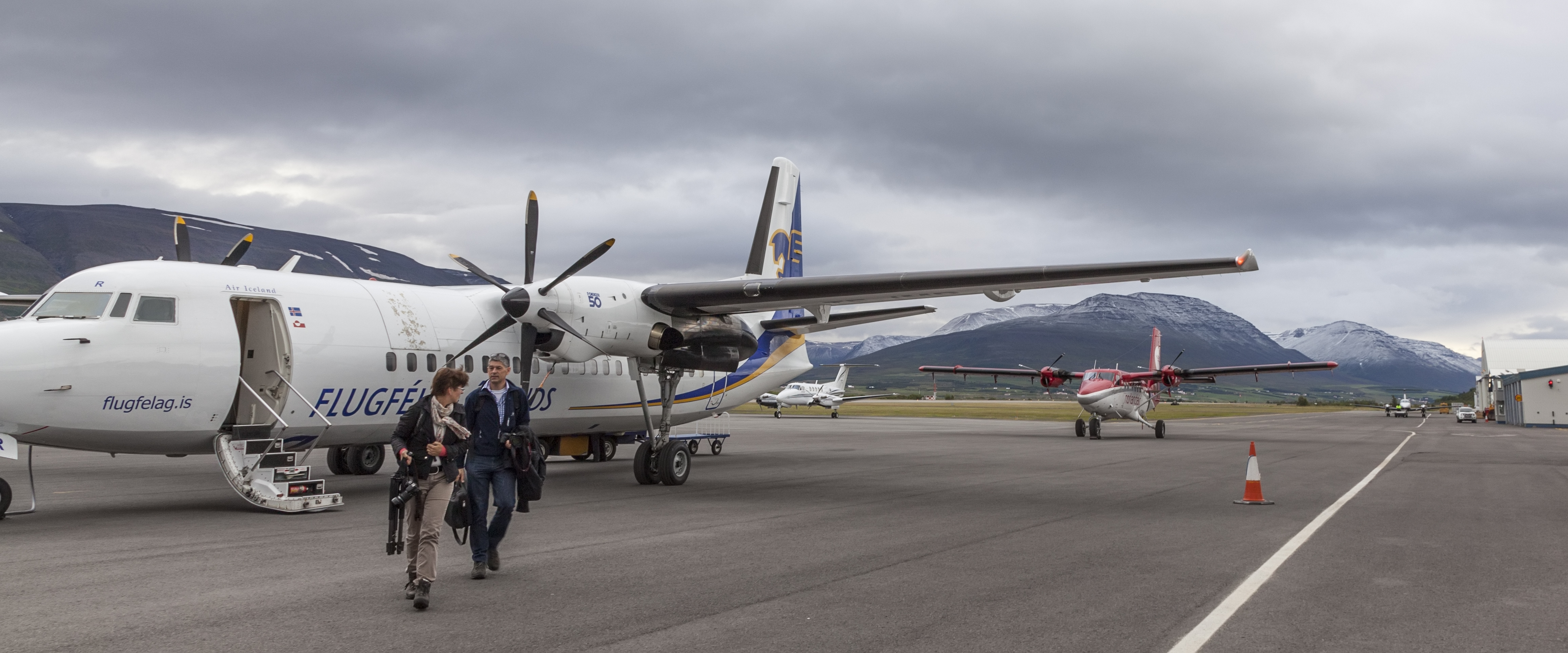Victim of its own success, Iceland considers new tax on tourists

One of the world’s hottest and most expensive holiday destinations could soon become a little more expensive.
Overwhelmed by a record number of visitors in spite of its far-flung location, Iceland’s government is considering ways of raising taxes in the tourism sector. The alternative would be to limit sightseers’ access to the country’s most popular spots.
“The sector and all of us have to be careful not to become victims of our own success,” Thordis Kolbrun Reykfjord Gylfadottir, Iceland’s tourism minister, said in a recent interview in Reykjavik.
[Iceland travel association weighs sending some low-fare airlines to Akureyri instead of Keflavik]
A currency plunge and its location for scenes featuring in the popular TV series Game of Thrones helped create a tourism boom, with visitors’ numbers growing exponentially — from 490,000 in 2010 to an estimated 2.3 million this year. That’s a lot, considering Iceland’s population totals less than 340,000. Tourism is now the country’s main export, bringing in a forecast 45 percent of foreign exchange — or $5.1 billion (560 billion kronur) — in 2017, according to Islandsbanki, the country’s second-largest lender.
Still, Gylfadottir worries that overcrowding may ruin the experience for visitors and spoil natural treasures. Among the country’s most popular destinations are Thingvellir, a UNESCO World Heritage Site, and Jokulsarlon, an otherworldly glacier lagoon on that island’s southeastern coast now at the center of a legal dispute.
The minister is calling on her partners in government and the tourism industry to be “brave.”
“Some areas are simply unable to facilitate 1 million visitors every year,” she said. “If we allow more people into areas like that, we’re losing what makes them special — unique pearls of nature that are a part of our image and of what we’re selling.”
The coalition government is considering a number of options. They include forcing bus companies and tour operators into buying a special license or hiking the existing levy on hotel rooms. Ministry officials say the hotel tax generated 400 million kronur in revenue in 2016 and could bring in as much as 1.2 billion kronur this year. Iceland’s previous government attempted and failed to pass a bill that would have required all visitors — Icelanders and foreigners — to purchase a “nature pass” priced at $14.
Any tax hike would add to the already considerable bills tourists have to foot when visiting the country. A taxi ride from the airport to the city center costs around $150; while hotel rooms are as much as a third more expensive than comparable accommodation in other Nordic capitals and the price of alcoholic beverages is more than double the EU average, according to Islandsbanki.
The ministry says proceeds of any new levy would be used to improve infrastructure and facilities.
“When we talk about charging for access, to me that relates more to controlling the number of people entering particular areas – which we need to do,” Gylfadottir said. “We also need to ensure that tourists that come here get a positive experience during their stay.”
Tourism officials are aware they can’t push their luck. Since the start of the tourism boom, Iceland’s currency has surged, making it an even more expensive destination than it already is. The recent lifting of capital controls, while bringing a degree of normalcy to the economy, has so far failed to reverse the trend. That in itself may be enough to curb foreigners’ enthusiasm.